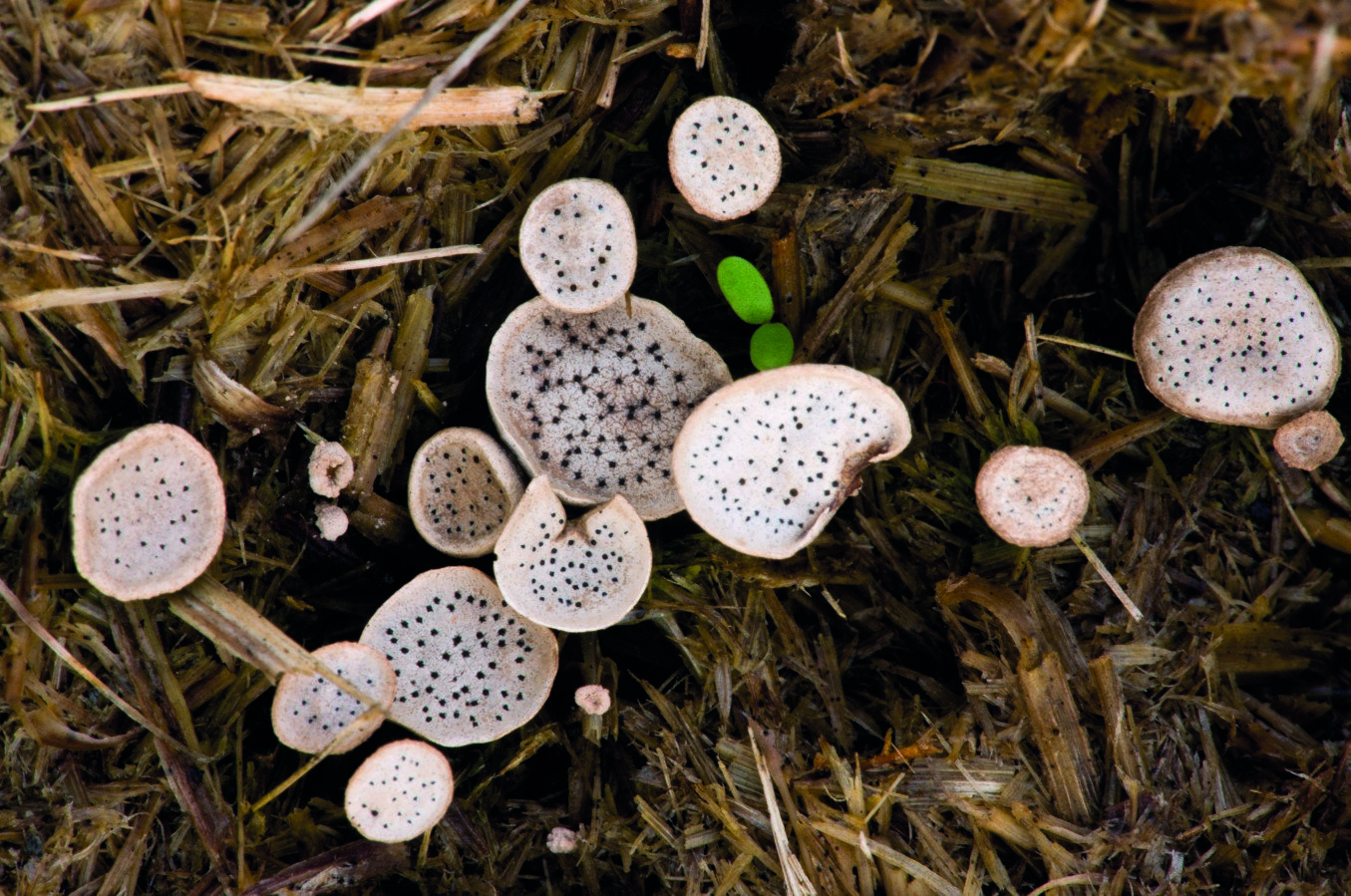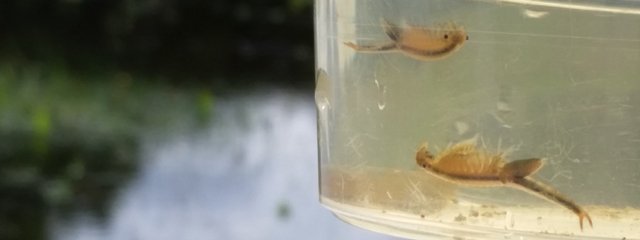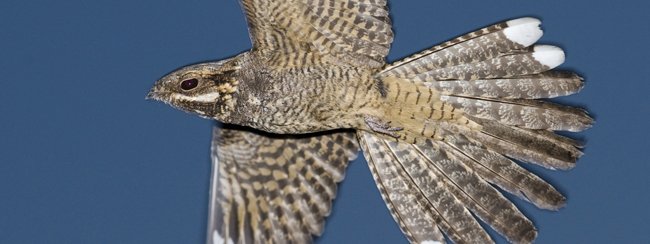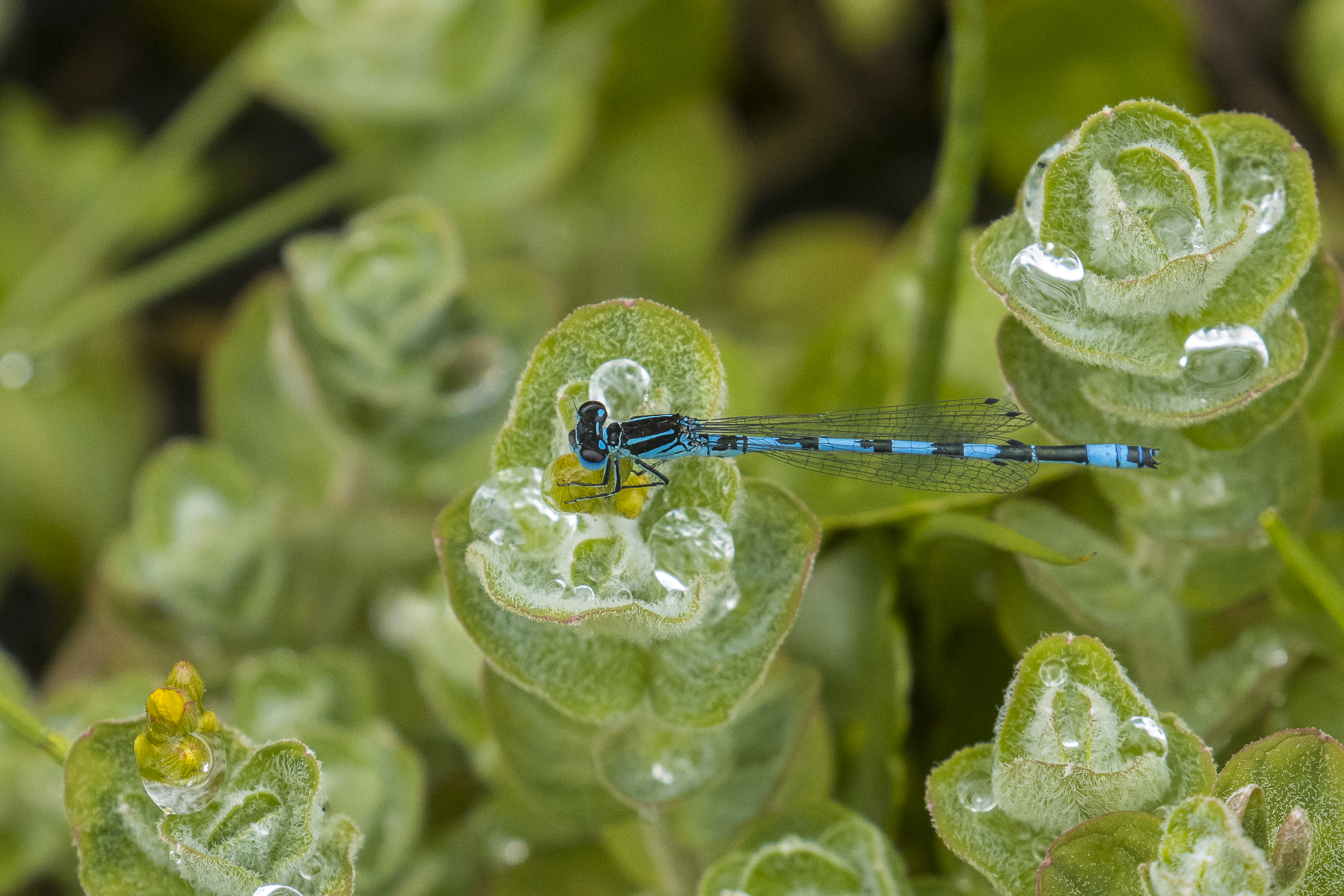World Wildlife Day: Top five rare flora and fauna found in the Forest
PUBLISHED ON: 3 MARCH 2022This World Wildlife Day, our ecologist Ian Barker shares his top five rare flora and fauna found in the Forest – from fairy shrimp to nail fungus.
The New Forest National Park is a world capital for wildlife, with a range of species that are rare, uncommon or declining elsewhere in the UK and western Europe.
There’s a unique mosaic of habitats here too, including heathland, grassland, wetlands, hedgerows and saltmarsh, as well as the characteristic wood pasture.
But this extraordinary area is under threat from climate and nature crises.
We’re working with partners, landowners and communities to tackle this, and whether you live, work or visit the New Forest, you can play your part in helping to protect this precious landscape so that people and nature can thrive.
We can all take small steps that add up to making a big, positive difference for the New Forest National Park.
Why not start today, by taking the New Forest Climate and Nature Challenge Pledge?
Alongside thousands of free-roaming ponies, wild deer and ancient trees that call the New Forest home, there are a host of lesser-known, more unusual and rare creatures that live here too. To mark World Wildlife Day, our ecologist Ian Barker is putting the spotlight on his top five:
- Nail fungus: Not the fingers and toes kind – the kind that grows only on the dung of horses and ponies that have had a very specific diet! Also known as Poronia punctata, it is possibly the rarest fungus in Europe. With thousands of free-roaming ponies grazing on hundreds of acres of unfertilised grasslands and heath vegetation, the New Forest is the current stronghold for Nail fungus, and one of very few places where it can be found in Great Britain.

2. Fairy shrimp: This translucent crustacean could almost be described as a living fossil, as similar forms have been around for 140 million years. They love a good downpour, waiting for autumn rain to fill up their temporary ponds so that all the action can happen before it dries out again. During this time, eggs must hatch, breed and lay more eggs to keep the cycle going. But how does a species that lives only for a few weeks at a time hang around for millions of years? Cleverly, their eggs can remain dormant for years – even decades – and only a proportion will hatch each time the pond fills with water. This means that if a pond dries out before the adults have had time to breed, all is not lost and the cycle can continue the next time the pond fills. The New Forest wetland landscape from source to sea is ancient, fragile and bursting with rare wildlife. It’s one of the best and most important freshwater areas and coastal landscapes in the UK. We’re working with the Fresh Water Habitats Trust to help look after it, and you can help care for it too by following the New Forest Water Code.
3. Nightjars: The clue is in the name, these unusual birds are only active at night, feeding on moths and other insects. They also sing at night – an eerie but beautiful churring sound. The nightjar is listed as an Amber species under the Red List for Birds, meaning it is a species of conservation concern. In the UK the nightjar population is local and scattered. The New Forest is a particular stronghold, with nightjars being scarce in the rest of Hampshire.
4. Southern damselfly: The New Forest is one of the most important sites for this delicate damselfly and its presence here is one of the reasons why parts of the Forest have been designated as a Special Area of Conservation. The UK holds 25% of the worldwide population of southern damselflies and the New Forest provides a key habitat for them.
5. Hampshire purslane: This perennial herb is now recorded only in the New Forest, mostly within areas measuring just 1km squared between the catchments of Beaulieu and Lymington rivers. It is a sensitive soul with a unique set of requirements needed to flourish. Specifically, it depends on the grazing and trampling of its habitat by grazing stock which helpfully wipes out competition from other more vigorous species.

